Topic: Deeper Learning
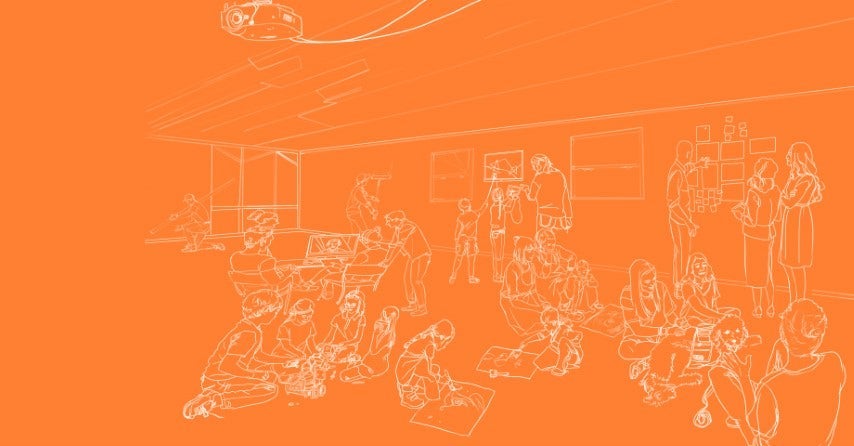
Interest-based student groupings
Interest-based student groupings are groupings driven by student voice and choice. This planning protocol is an opportunity for team members to explore ways to leverage your team of educators to provide student voice and choice within a lesson or across a unit. In it, you’ll identify a lesson or unit appropriate for interest-based student groupings, draft student choices and work together to plan team deployment.

Skills-based student groupings
Skills-based student groupings are groupings based on formative student learning data. This planning protocol is an opportunity for team members to explore how you might leverage your team of educators to differentiate instruction for learners. In it, you’ll identify the objective(s) of your choice, draft a check for understanding and work together to plan team deployment for skills-based student groupings.

Deeper and personalized learning at Stevenson Elementary
Hear from Stevenson Elementary School students about the school’s approach to student-centered learning, including student voice and choice in learning paths.

Stevenson’s team-based model
Hear from Stevenson Elementary School principal Krista Adams about educator teams’ dynamic approach to supporting students.
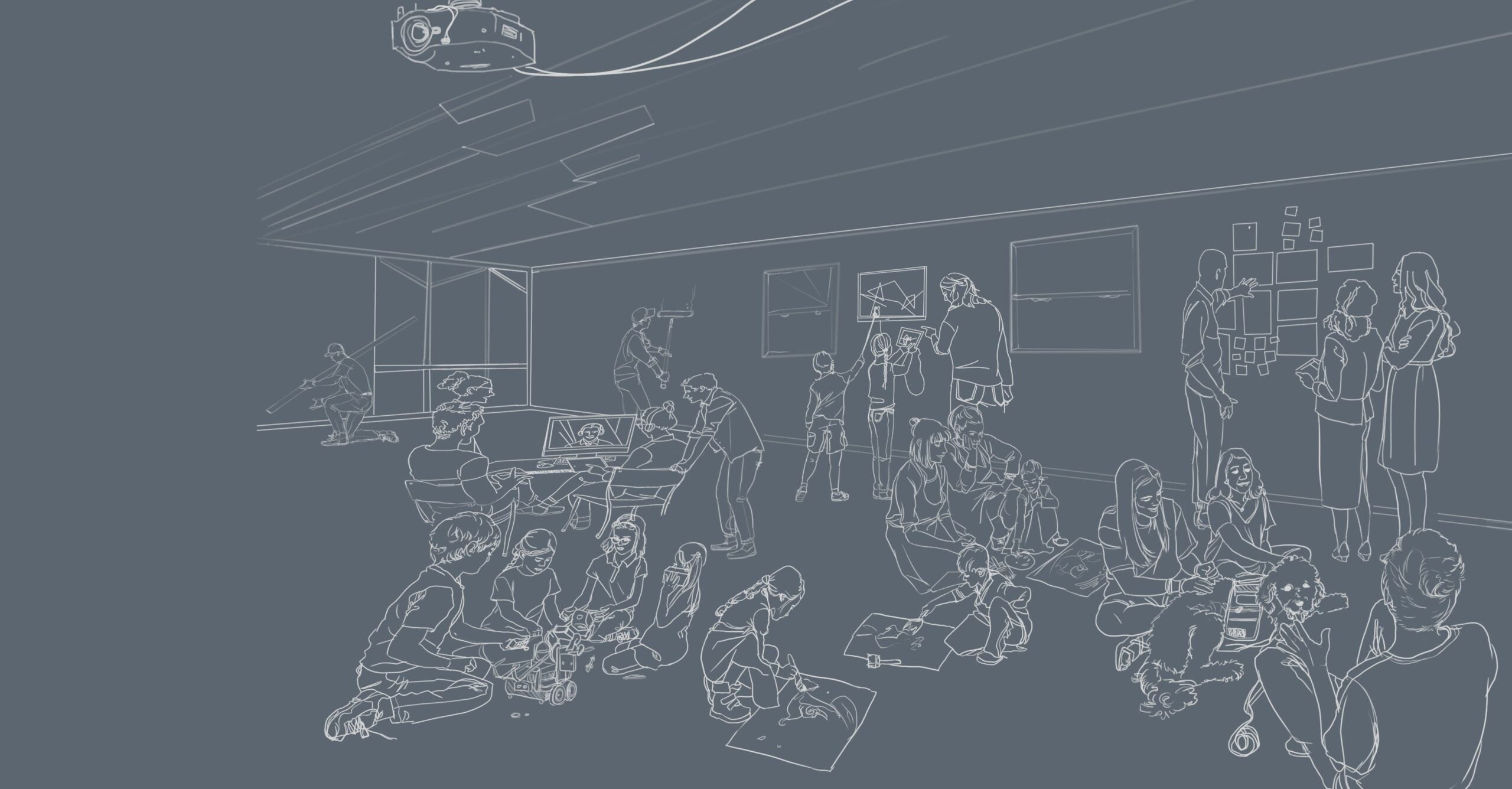
How teaming has impacted one lead teacher’s practice
Mountain View School kindergarten lead teacher Danielle Ashenbrener describes how a team-based approach has helped her to get to know her students better and to target student learning to meet individual students’ needs.
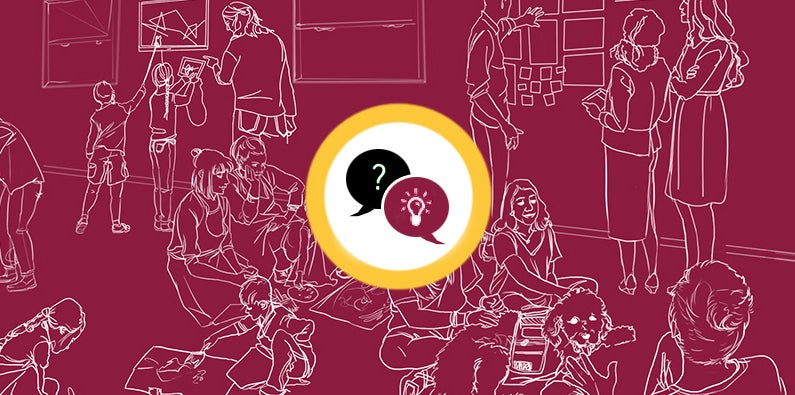
Changing the model: Building the Next Education Workforce
What’s normal in education is broken. In collaboration with school and community partners, Arizona State University’s Mary Lou Fulton College for Teaching and Learning Innovation is working to change that.

Student-selected support
In an effort to shift the ownership of learning from educator to student, SPARK School at Kyrene de las Manitas has implemented a system for students to reflect on their learning and progress, identify the academic support they need and schedule time to meet with the appropriate educator(s). This resource guides educator teams through steps to implementing student-selected support.

10 Tips for planning team-based deeper learning
The educator team at Kyrene de las Manitas Innovation Academy co-plans project-based units that support deeper learning. The 10 tips appearing in this document are drawn from their approach to planning. To get started, consider how your team might implement these tips.

Team-based PBL unit planning template
Next Education Workforce team-based structures can strengthen the project-based learning instructional approach. This unit planning template takes educators through the steps of designing a PBL unit, while also planning for how to maximize distributed expertise.

The Creighton Academy: School profile
The Creighton Academy in Phoenix, Arizona serves about 300 students in grades K–6. Every student is a member of a covey: a multi-age group of 55–60 students. Students work with educators specific to their coveys and educators who work across coveys. Here, you’ll learn how they’re implementing a team-based model.
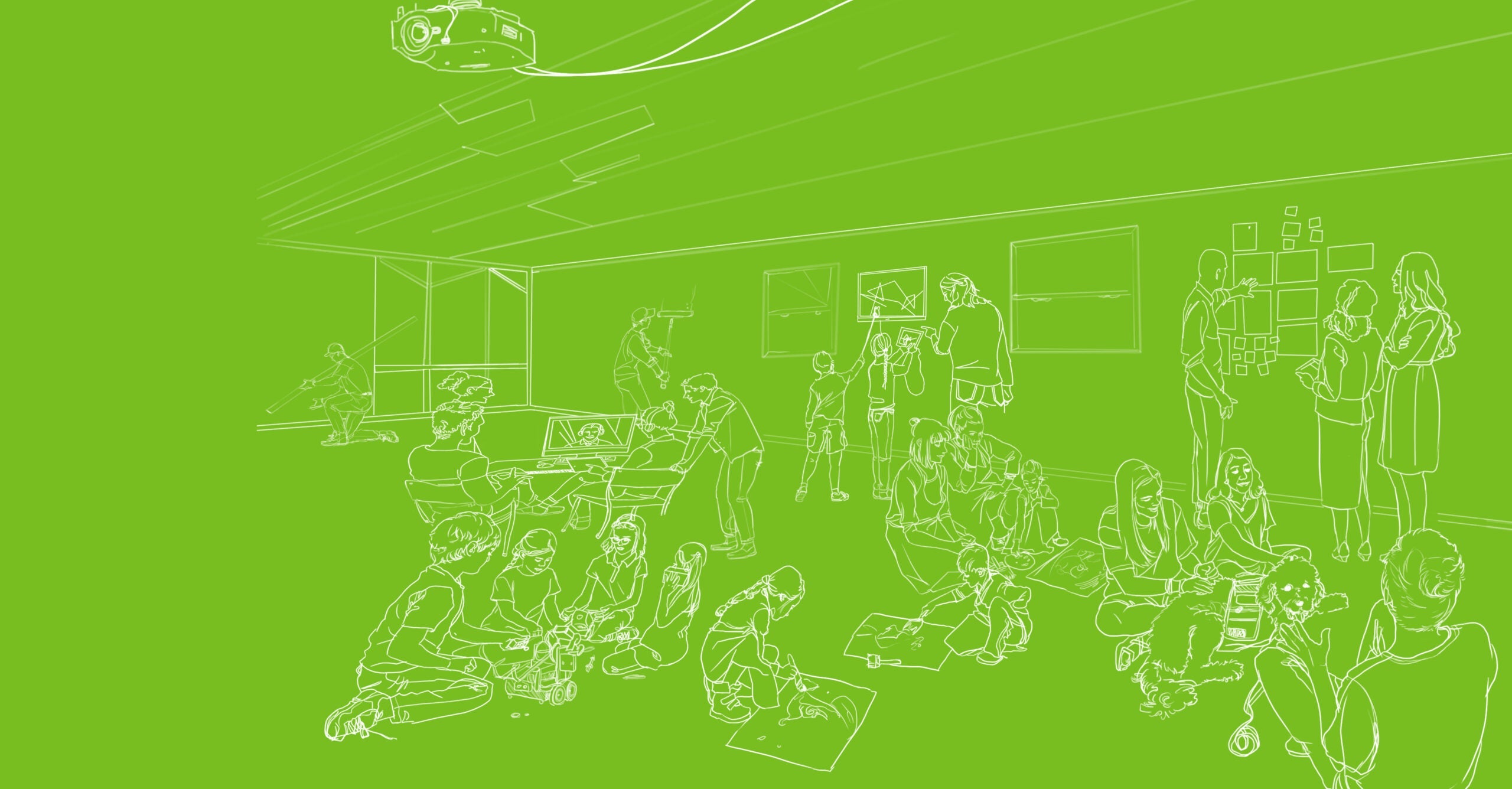
The relationship between deeper and personalized learning and teams of educators with distributed expertise
Hear from MLFC Dean Carole Basile about the relationship between deeper and personalized learning and teams of educators with distributed expertise.
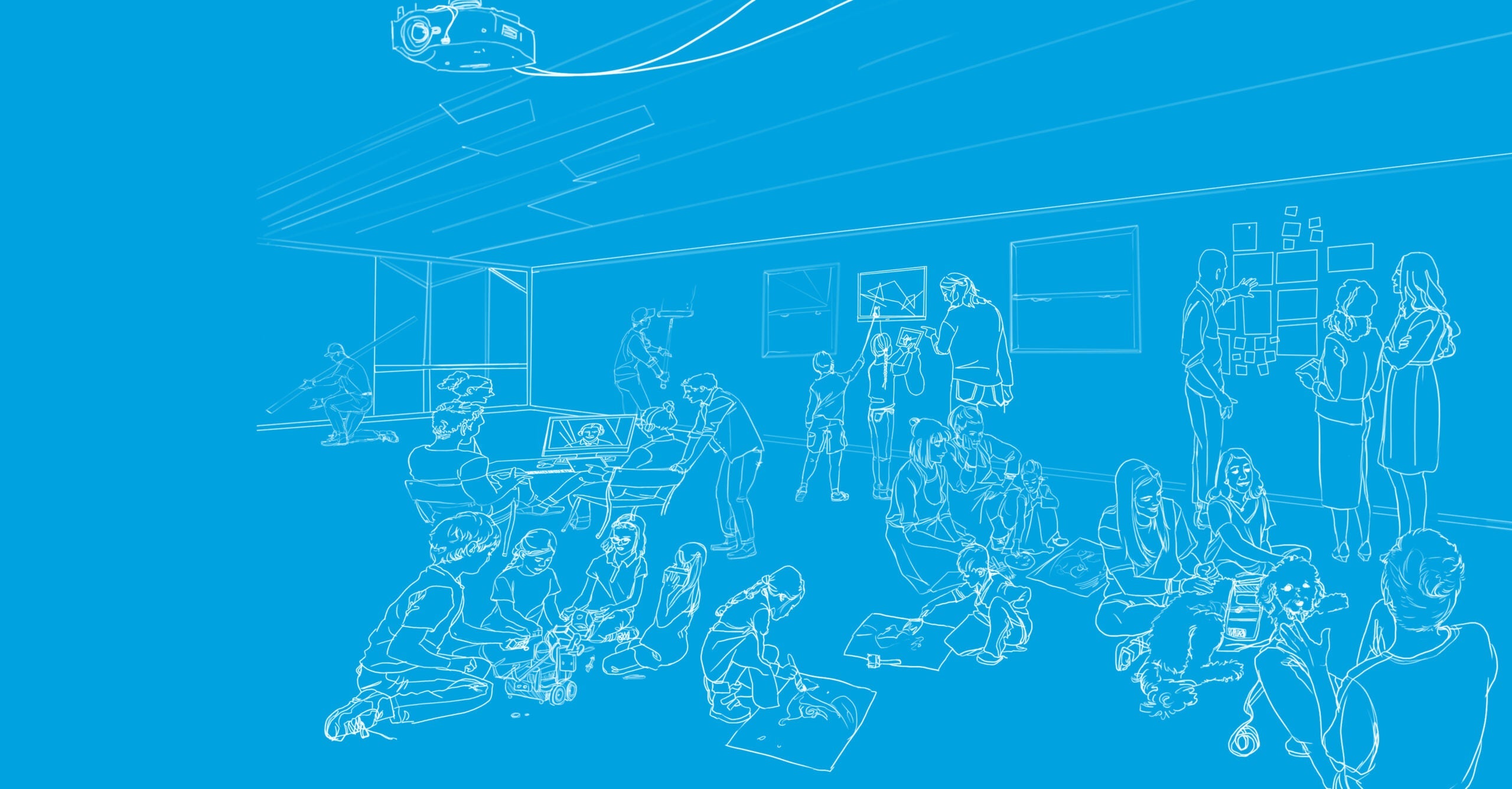
Elementary instructional blueprints: An introduction
Elementary instructional blueprints suggest ways teams of educators with distributed expertise might deploy themselves to better deepen and personalize student learning.

Elementary instructional blueprint: Lessons with industry experts
Elementary instructional blueprints suggest ways teams of educators with distributed expertise might deploy themselves to better deepen and personalize student learning.

Elementary instructional blueprint: Thematic learning rotation
Elementary instructional blueprints suggest ways teams of educators with distributed expertise might deploy themselves to better deepen and personalize student learning.

Elementary instructional blueprint: Authentic assessment work time
Elementary instructional blueprints suggest ways teams of educators with distributed expertise might deploy themselves to better deepen and personalize student learning.

SPARK School invites experts to the classroom

SPARK School implements deeper and personalized learning
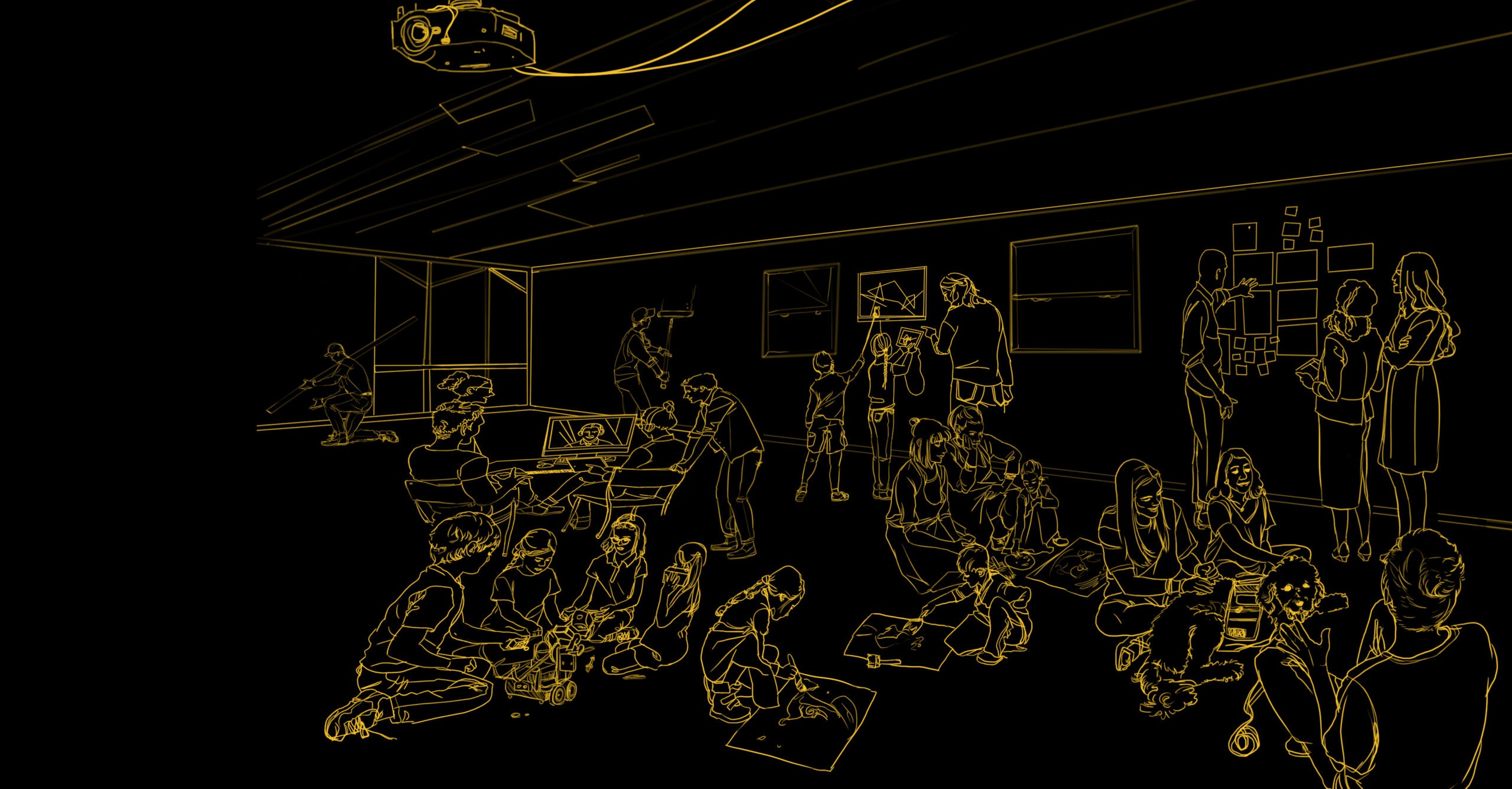
SPARK School: School profile
At SPARK School at Kyrene de las Manitas, 120 students in multi-aged grade bands (third through fifth grades) work with a core team of six educators: one teacher executive designer, two certified teachers and three teacher candidates. The prototype school-within-a-school was developed during a design process collaboratively led by the Kyrene School District and ASU’s MLFC Design Initiatives. In this resource, you’ll find out how they’re implementing a Next Education Workforce model.

SPARK School: Spotlight on the schedule
At SPARK School at Kyrene de las Manitas, 120 students in multi-aged grade bands (third through fifth grades) work with a core team of six educators: one teacher executive designer, two certified teachers and three teacher candidates. The prototype school-within-a-school was developed during a design process collaboratively led by the Kyrene School District and ASU’s MLFC Design Initiatives. In this resource, you’ll explore their schedule.

Whittier Elementary: School profile
In Fall 2020, Whittier Elementary in Mesa, Arizona will create two team-based learning communities with 170 students in grades four through six. Each “house” will include 85 students and will be guided by an educator team comprising three certified teachers and two MLFC teacher candidates. In this resource, you’ll find out how they’re implementing a Next Education Workforce model.

Deeper learning resources
Exploring a new topic can be exciting. We want to help make sure your exploration is productive, with targeted searches from reliable sources. This list, while not comprehensive, offers good resources for planning and implementing deeper learning.

